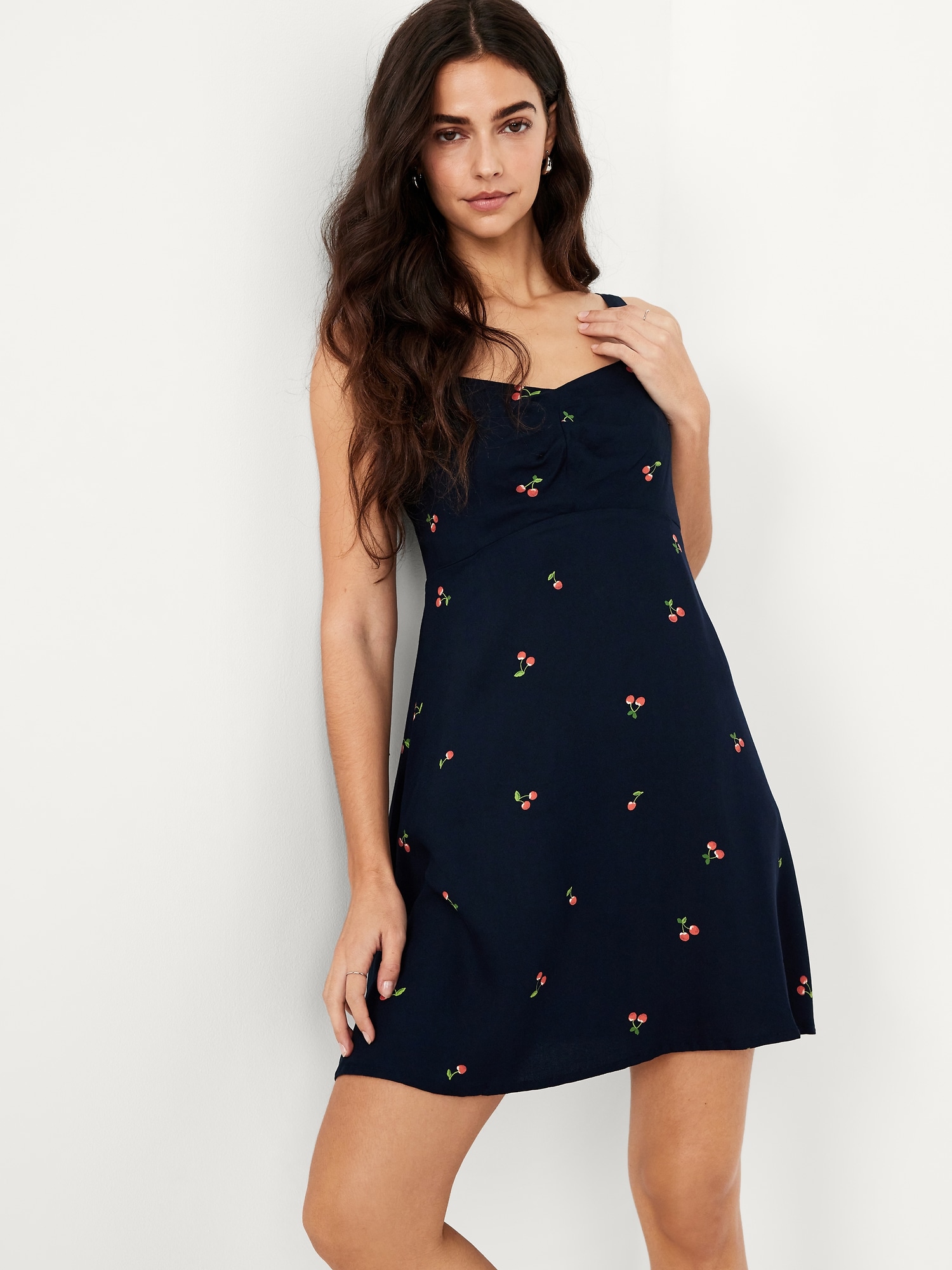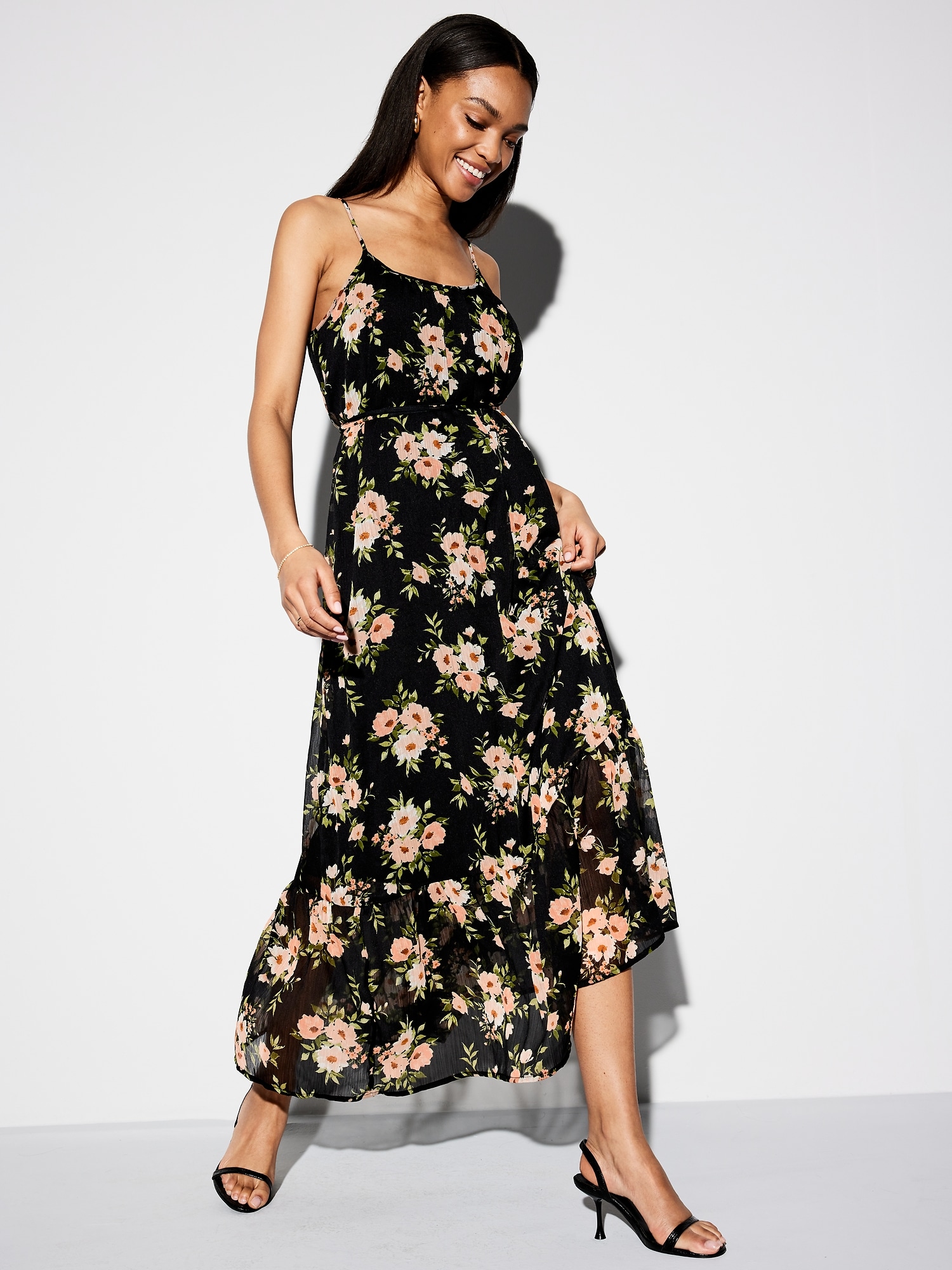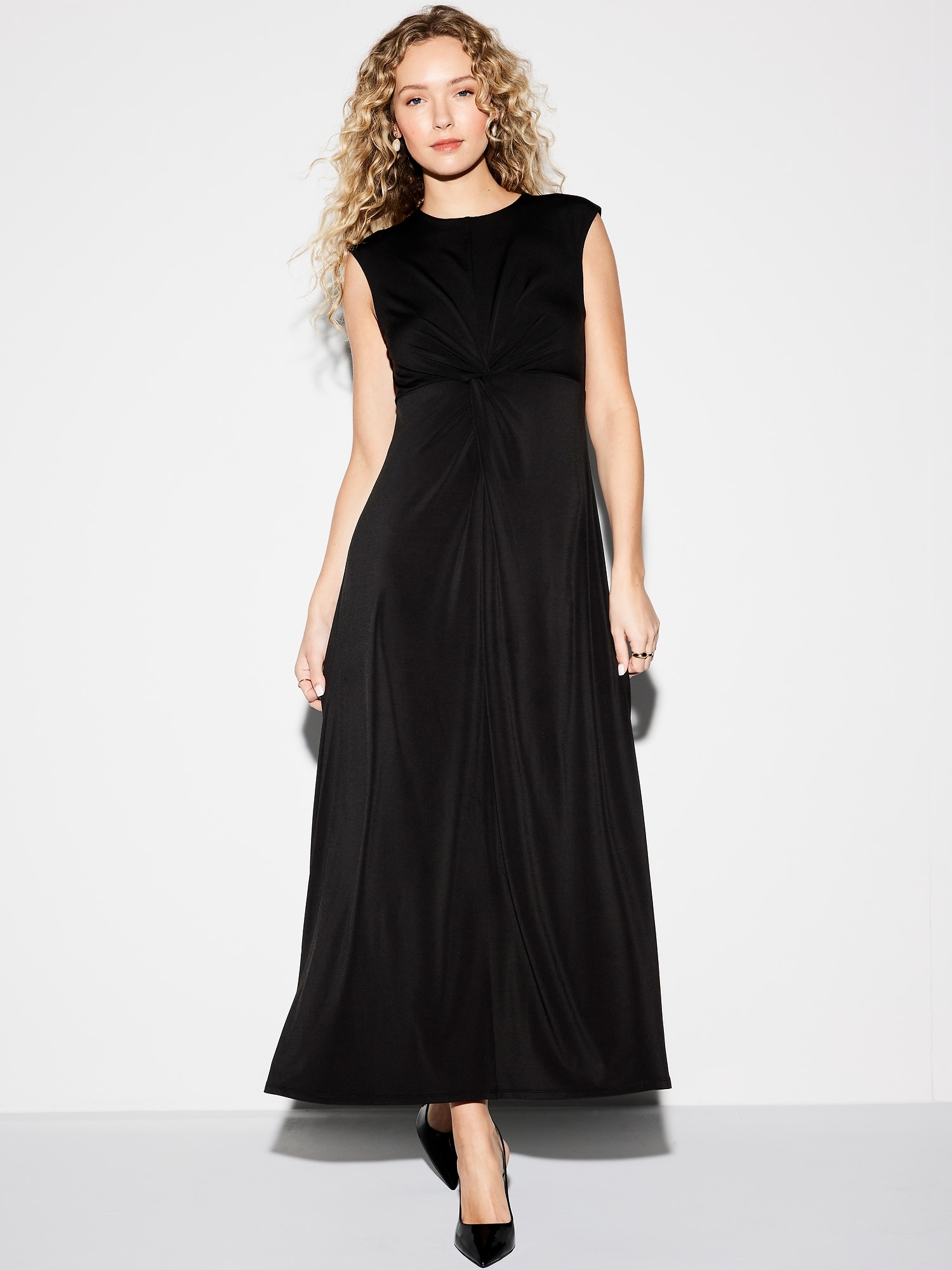5 Ways to Style Your Old Navy Dress for Effortless Everyday Chic
An Old Navy dress is more than just a piece of clothing; it’s a versatile foundation for building a wardrobe that feels both personal and polished. The concept of ‘Effortless Everyday Chic’ isn’t about following fleeting trends but about cultivating a style that is inherently comfortable, confident, and adaptable. This approach aligns with the philosophy of timeless dressing, where the value of a garment is measured by its wearability across various contexts. An Old Navy dress, known for its accessible price points and consistent fit, provides the perfect canvas for this. We will explore five distinct methods to transform this single item, demonstrating how strategic styling can maximize your wardrobe’s potential without requiring a constant stream of new purchases. The goal is to empower you with practical, professional knowledge that bridges the gap between high fashion concepts and real-life application, all while being mindful of your budget.
1. The Layered Look: Mastering Textures and Proportions
The art of layering is fundamental to creating depth and interest in an outfit. It allows you to adapt a simple Old Navy dress to fluctuating temperatures and settings, moving seamlessly from a cool morning to a warm afternoon or from a casual day out to a more composed evening setting. From a scientific perspective, layering is a practical application of thermodynamics, utilizing trapped air between garments to provide insulation. In fashion, this principle translates to combining different fabrics and weights. Start with your foundational Old Navy dress, perhaps a classic jersey or cotton shift. Over this, a chunky knit cardigan in a neutral tone like oatmeal or charcoal grey introduces a soft, tactile texture that contrasts beautifully with the dress’s smoother surface. The key is proportion; a longer-line cardigan can create an elegant, vertical silhouette, while a cropped one can define the waist. To ground the ensemble, consider adding a third layer on your lower half with opaque tights and a pair of rugged ankle boots. This not only adds warmth but also a sense of utilitarian chic. As the renowned designer Donna Karan, who built an empire on the concept of versatile layering with her “Seven Easy Pieces,” once articulated, the power of a wardrobe lies in pieces that work together in harmony. This method transforms your dress from a summer staple into a year-round workhorse, exemplifying how discounted prices on core items like an Old Navy dress free up resources for investment in quality outerwear and accessories.

2. The Belted Waist: Defining Your Silhouette
One of the most transformative styling tricks is the simple addition of a belt. This technique directly engages with the principles of silhouette and body morphology, using a visual cue to create definition and balance. A belt acts as an anchor point, drawing the eye and effectively structuring an outfit. For an Old Navy dress that may have a relaxed or shift-like fit, a belt can instantly create an hourglass shape, which is often cited in design theory as a classically balanced and aesthetically pleasing proportion. The choice of belt is critical. A wide leather belt in a tan or black shade can add a touch of sophistication and structure, echoing the clean lines found in minimalist aesthetics. In contrast, a thin, chain-link belt can introduce a element of delicacy and glamour, playing with light and reflection. This approach is supported by the views of many style experts, including those from publications like Who What Wear, who frequently emphasize the belt as the ultimate tool for personalizing a look. It’s a small investment with a significant return, allowing you to control the narrative of your outfit. By cinching the waist of your dress, you not only enhance your natural shape but also break up the fabric in a way that feels intentional and styled, moving the garment away from being a simple sack and towards a tailored piece. This is professional knowledge in its purest form: understanding how a single accessory can alter the entire perception of an outfit, making a budget-friendly dress look custom-designed.

Accessorizing with Intent: Beyond the Basics
While a belt is a powerful tool, the broader category of accessories is where an outfit truly sings. The psychology of accessorizing suggests that these elements are extensions of personal identity, allowing for non-verbal communication of style and mood. To elevate your Old Navy dress, think beyond the obvious. Statement jewelry, for instance, follows the Gestalt principle of visual perception, where a prominent, well-chosen piece can become the focal point that organizes the entire outfit. A large, abstract necklace or a pair of bold, geometric earrings can instantly modernize a simple dress. Similarly, the choice of footwear and bag is not merely functional but symbolic. A pair of clean white sneakers juxtaposed with a floral dress creates a contemporary, off-duty model vibe, a look frequently captured by street-style photographers. Conversely, swapping the sneakers for a pair of sleek loafers or block-heel sandals shifts the energy towards smart-casual territory. The authoritative fashion resource, The Business of Fashion, often discusses how accessories are the profit drivers for luxury brands because they offer the highest degree of personalization. We can apply this same logic to a high-street wardrobe. By investing in a few key, trend-resistant accessories, you can create multiple distinct looks from the same foundational dress, achieving a high-cost perception from low-cost items. This strategy is the epitome of bringing professional knowledge to users, demonstrating that style is not about the price tag of a single item but about the intelligence of the entire ensemble.

3. The Casual Denim Integration: A Study in Contrast
Introducing denim into a dress-based outfit is a masterclass in balancing casual and refined elements. This style leverages the concept of cognitive dissonance in fashion, where combining items from seemingly disparate categories creates a look that is intriguing and modern. The rugged, workwear origins of denim, well-documented on platforms like Wikipedia, provide a textural and historical contrast to the typically softer, more feminine connotations of a dress. There are two primary methods for this integration. First, the denim jacket: throwing a classic, medium-wash denim jacket over your dress creates an instant casual-cool outfit, perfect for weekend brunches or casual Fridays. The jacket adds a layer of ease and attitude. Second, and more adventurous, is the practice of layering a button-down denim shirt underneath the dress, tying it at the waist or leaving it open. This preppy-meets-utility style has been spotted on fashion icons from Jane Birkin to modern-day influencers, and it adds a tremendous amount of visual interest. It plays with layers and collars, creating a more complex and thoughtful outfit. This approach is a fantastic way to get more wear out of your existing denim pieces, promoting a sustainable and creative approach to dressing. It proves that effortless chic often comes from unexpected combinations, and a versatile Old Navy dress is the perfect neutral base for such experimentation.

Ultimately, the power of a single garment like an Old Navy dress lies in its potential for reinvention. These five styling methods—layering, belting, intentional accessorizing, and denim integration—are not rigid rules but starting points for your own creativity. They demonstrate that a limited budget is no barrier to a expansive and expressive personal style. By applying these principles of proportion, texture, and contrast, you can build a wardrobe that feels fresh, confident, and uniquely yours, all centered around the reliable foundation of a well-chosen dress.






